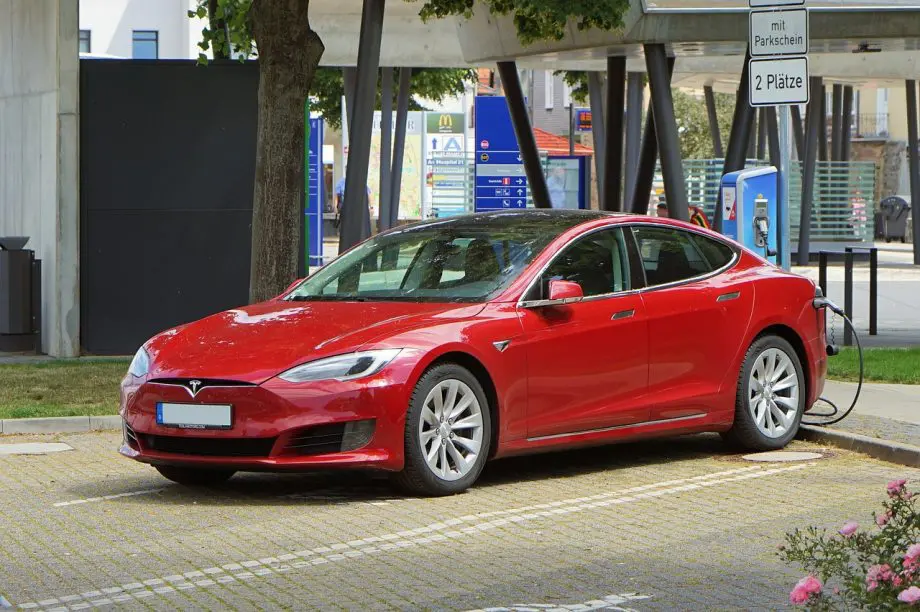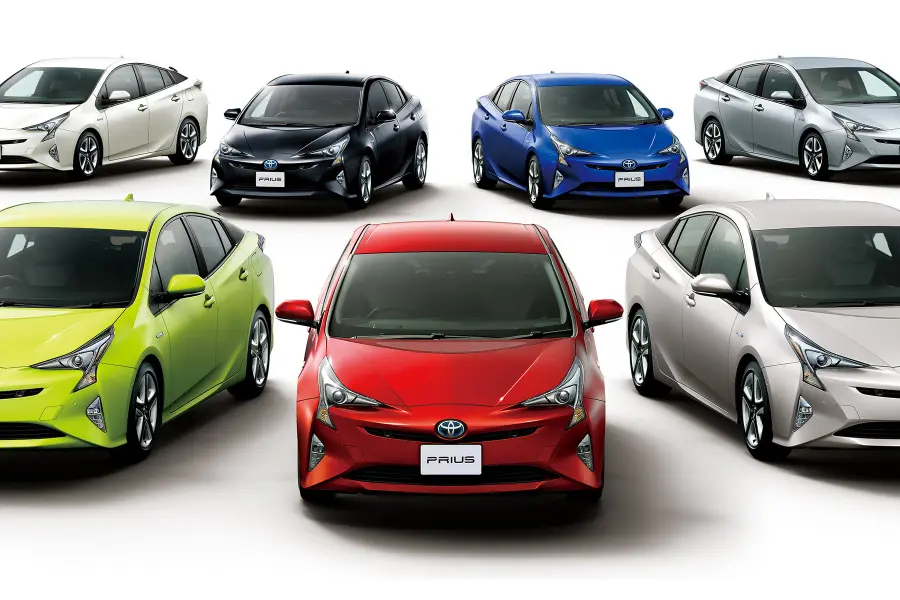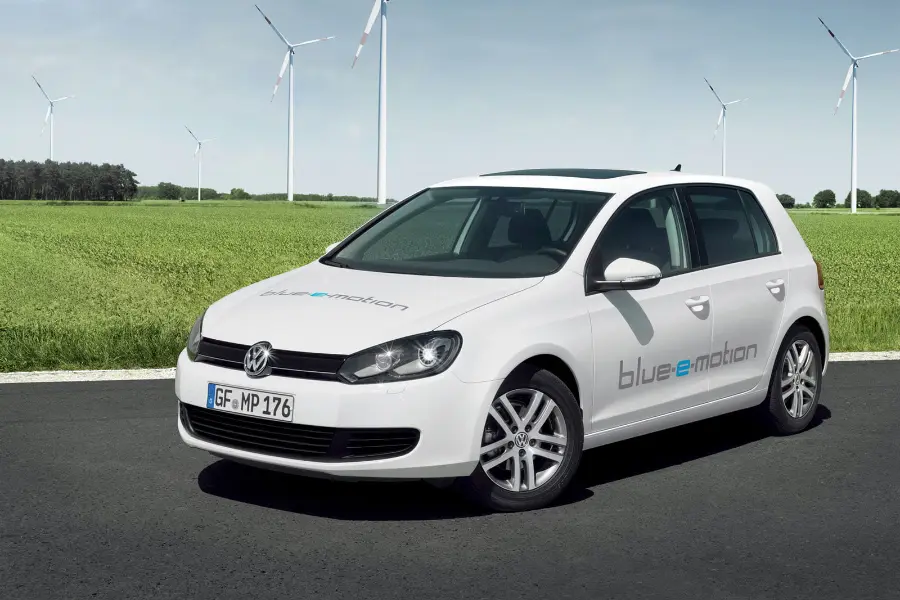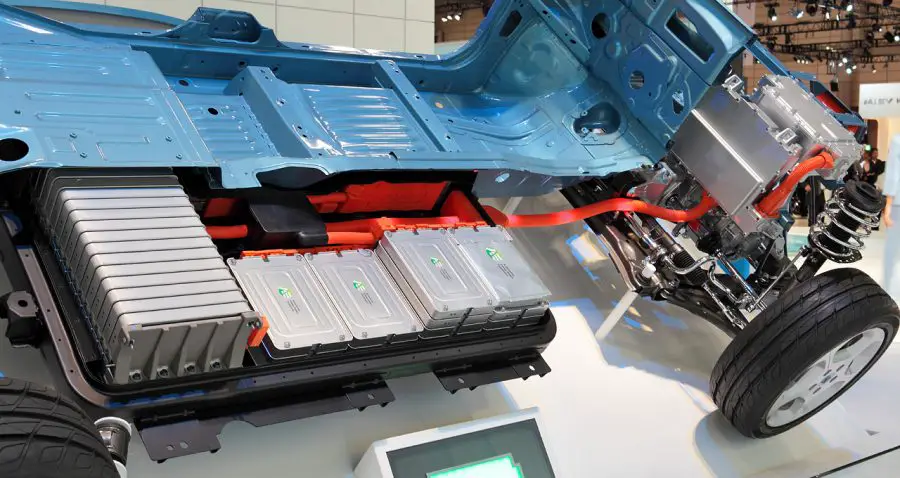
Uncover the magic behind the electric vehicle regenerative braking systems. Dive into its workings, benefits, drawbacks, and its role in shaping a greener future!
Ever wondered what makes electric vehicles so efficient? The secret lies in their electric vehicle regenerative braking system.
This ingenious technology is transforming the way we drive, making our journeys more sustainable and energy-efficient.
Join us as we delve into the fascinating world of regenerative braking, its workings, and its impact on the future of transportation.
Electric Vehicle Regenerative Braking Systems
Welcome to our deep dive into the electric vehicle regenerative braking system.
This innovative technology is a game-changer in the world of electric vehicles, contributing significantly to their efficiency and sustainability.
In this post, we’ll explore everything from the basic principles of regenerative braking to its role in the overall performance of an electric vehicle.
We’ll also discuss its advantages, and potential drawbacks, and address some frequently asked questions. So, buckle up and get ready for an enlightening journey into the heart of electric vehicle technology!
Definition of Regenerative Braking
Regenerative braking is a fascinating technology that sets electric vehicles apart from their conventional counterparts.
But what exactly is it? In simple terms, regenerative braking is a system that allows an electric vehicle to recover and use the kinetic energy that is usually lost during braking.
When you apply the brakes in a conventional car, the kinetic energy is converted into heat and dissipated.
However, in an electric vehicle equipped with a regenerative braking system, this kinetic energy is captured, converted back into electrical energy, and used to recharge the vehicle’s battery.
It’s a clever way of recycling energy that would otherwise go to waste!
Importance of Regenerative Braking in Electric Vehicles
Now that we understand what regenerative braking is, let’s talk about why it’s such a big deal in the world of electric vehicles.
The primary benefit of regenerative braking is that it enhances the efficiency of electric vehicles.
By recapturing energy that would otherwise be lost and using it to recharge the vehicle’s battery, regenerative braking extends the vehicle’s driving range.
This means you can travel further on a single charge, which is a significant advantage, especially in areas where charging stations are few and far between.
Moreover, regenerative braking reduces the wear and tear on the traditional braking system.
Since the regenerative braking system kicks in first when you apply the brakes, the traditional braking system is used less frequently, especially in stop-and-go city driving.
This can lead to longer brake life and lower maintenance costs over the life of the vehicle.
In a nutshell, the regenerative braking system is a key player in the electric vehicle’s team, working behind the scenes to make your ride smoother, more efficient, and more eco-friendly.
How Regenerative Braking Works
Let’s shift gears and delve into the mechanics of how the regenerative braking system works.
It might seem like a complex process but don’t worry, we’ll break it down into simple terms.
By the end of this section, you’ll have a clear understanding of the science behind this innovative technology that’s powering our electric vehicles.
The Principle of Regenerative Braking
The principle behind regenerative braking is all about energy transformation.
In a traditional vehicle, when you hit the brakes, the kinetic energy of the moving vehicle is converted into heat by the friction between the brake pads and the disc.
This heat is then dissipated into the air, essentially wasting all that energy.
However, regenerative braking flips this process on its head. Instead of wasting the kinetic energy, it captures it, converts it into electrical energy, and uses it to recharge the vehicle’s battery.
It’s a brilliant example of energy efficiency in action!
Regenerative braking is an energy recovery mechanism that slows down a moving vehicle or object by converting its kinetic energy into a form that can be either used immediately or stored until needed. In this mechanism, the electric traction motor uses the vehicle’s momentum to recover energy that would otherwise be lost to the brake discs as heat. https://en.wikipedia.org/wiki/Regenerative_braking
The Process of Energy Conversion
So, how does this energy conversion happen? When you apply the brakes in an electric vehicle, the electric motor switches roles and acts as a generator.
The wheels drive the motor, which resists the rotation of the wheels and slows down the vehicle.
This resistance generates electricity, which is then fed back into the battery for later use.
It’s a bit like having a mini power station right inside your vehicle, constantly recycling energy!
Conditions for Regeneration
Regeneration occurs under two main conditions: when you apply the brake pedal and when you release the accelerator pedal while the vehicle is still moving, a state known as coasting.
In both cases, the electric motor switches to generator mode, creating electricity to recharge the battery.
The amount of electricity generated is proportional to the braking force – the harder you brake, the more electricity is generated.
However, it’s important to note that regenerative braking is most effective at higher speeds.
At lower speeds, there’s less kinetic energy to convert, so the system generates less electricity.
Efficiency of Regenerative Braking Systems
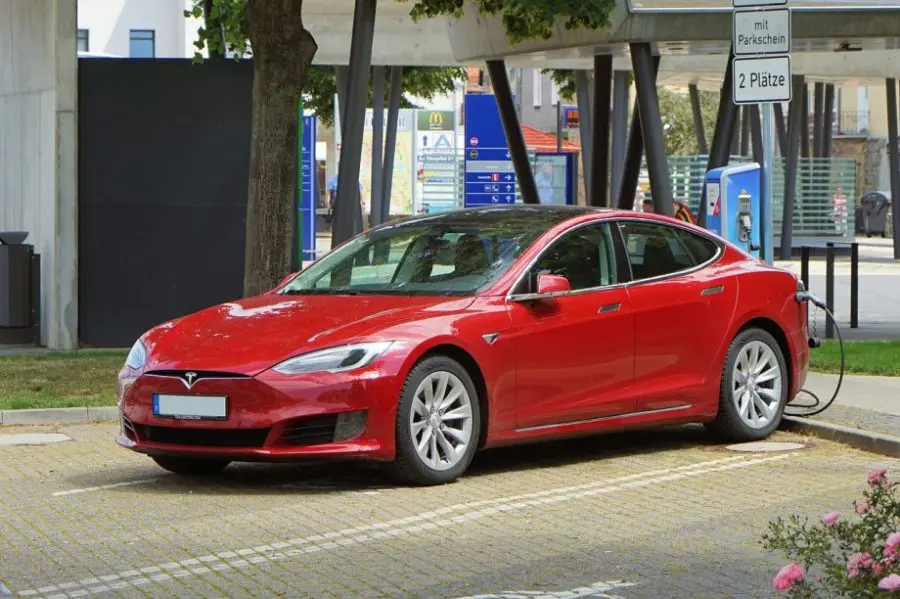
Having understood the workings of the regenerative braking system, let’s now turn our attention to its efficiency.
How much energy can it really capture? How does it contribute to the overall performance of an electric vehicle?
Let’s dive in and explore the efficiency of regenerative braking systems and the factors that influence it.
Factors Affecting Efficiency
The efficiency of a regenerative braking system is influenced by several factors. One of the primary factors is the vehicle’s speed.
As we mentioned earlier, regenerative braking is most effective at higher speeds because there’s more kinetic energy to convert into electricity.
At lower speeds, the system generates less electricity.
The level of braking force also affects the system’s efficiency.
The harder you brake, the more electricity the system generates.
However, if the braking force exceeds the system’s capacity to convert kinetic energy into electricity, the traditional braking system will kick in to ensure the vehicle stops safely.
The vehicle’s battery state of charge also plays a role.
If the battery is fully charged, the regenerative braking system can’t feed in more electricity, so the traditional braking system will be used instead.
Improvements in Regenerative Braking Systems
Over the years, there have been significant improvements in regenerative braking systems.
Engineers have been working tirelessly to increase the amount of energy these systems can capture.
In some of the latest electric vehicle models, regenerative braking systems can recover up to 70% of the kinetic energy that would otherwise be lost during braking.
These improvements have led to a noticeable increase in the electric driving range of these vehicles.
Depending on how much you drive, this could translate to hundreds of extra miles of driving range over the course of a year.
It’s clear that as technology advances, regenerative braking systems are becoming more and more efficient, making electric vehicles an increasingly attractive option for consumers.
Advantages of Regenerative Braking
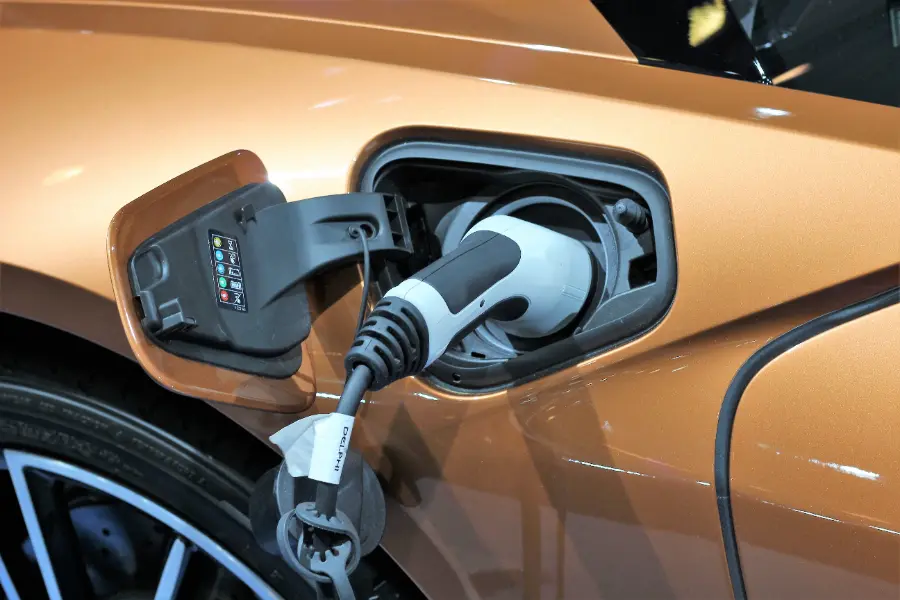
With a clear understanding of how regenerative braking works and its efficiency, it’s time to highlight the benefits.
Why is this technology such a crucial part of electric vehicles? How does it enhance your driving experience?
Let’s delve into the advantages of regenerative braking and see why it’s a game-changer in the world of electric vehicles.
Energy Conservation
One of the most significant advantages of regenerative braking is energy conservation.
In traditional vehicles, a lot of energy is wasted in the form of heat when you apply the brakes.
However, regenerative braking systems in electric vehicles capture this energy and convert it into electricity, which is then used to recharge the vehicle’s battery.
This process of energy recycling is a great way to conserve energy and make the most of the vehicle’s power.
Extended Brake Life
Regenerative braking also contributes to extended brake life.
Since the regenerative braking system kicks in first when you apply the brakes, the traditional braking system is used less frequently.
This means less wear and tear on the brake pads and discs, leading to a longer lifespan for these components.
As a result, you could see a reduction in maintenance costs over the life of the vehicle.
Increased Electric Driving Range
Perhaps one of the most appealing benefits of regenerative braking is the increased electric driving range.
By recharging the vehicle’s battery every time you brake or coast, regenerative braking can significantly extend the distance you can travel on a single charge.
This makes electric vehicles more practical for longer journeys and reduces the need for frequent charging stops.
So, with regenerative braking, you can enjoy longer, more efficient drives while contributing to a greener planet.
Disadvantages of Regenerative Braking
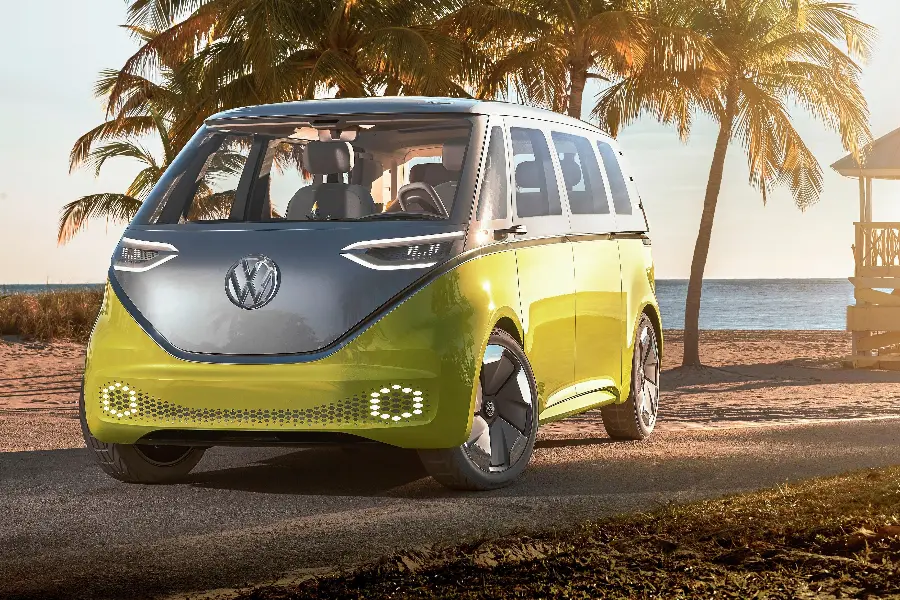
While regenerative braking brings numerous benefits to the table, it’s only fair to discuss its limitations as well.
No technology is perfect, and understanding the potential drawbacks can help us appreciate the ongoing efforts to improve and refine these systems.
Let’s take a balanced look at some of the challenges associated with regenerative braking.
Decreased Effectiveness at Low Speeds
One of the limitations of regenerative braking is that its effectiveness decreases at lower speeds.
Since the system relies on converting kinetic energy into electrical energy, there’s less energy to convert when the vehicle is moving slowly or in stop-and-go traffic.
This means that the system generates less electricity and provides less of a boost to the vehicle’s driving range under these conditions.
Altered Brake Pedal Feel
Another potential drawback of regenerative braking is that it can alter the feel of the brake pedal.
Depending on the vehicle and the design of the regenerative braking system, the brakes can feel different compared to traditional braking systems.
Some drivers report that regenerative brakes can feel momentarily unresponsive or harder to modulate for smooth, clean braking.
This altered brake pedal feel may take some getting used to and may not inspire confidence in all drivers.
Potential Less Stopping Power
Finally, regenerative brakes may not have the same stopping power as conventional brakes.
In situations where strong braking force is required, drivers may need to press harder on the brake pedal.
While the vehicle’s traditional braking system will kick in to ensure the vehicle stops safely, drivers should be aware of this characteristic and adjust their driving style accordingly.
It’s important to note that these are general observations and may not apply to all electric vehicles or regenerative braking systems.
Many newer systems perform much better than early examples of the technology, feeling more natural to the driver and offering the same level of effectiveness as a conventional system.
FAQs on Electric Vehicle Regenerative Braking Systems
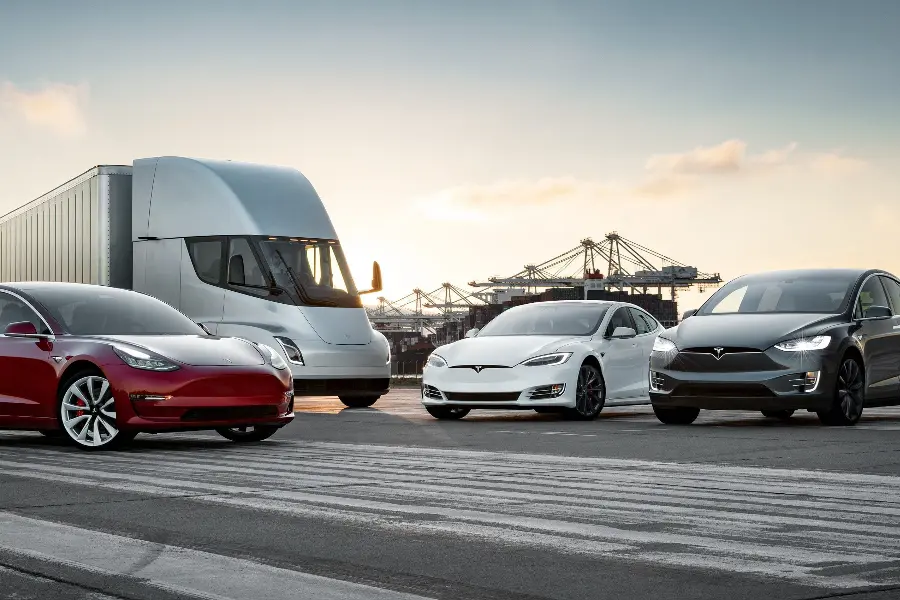
Having explored the workings, benefits, and limitations of regenerative braking, let’s now address some common questions that people often have about this technology.
From its basic operation to maintenance requirements, we’ll answer some frequently asked questions about the electric vehicle regenerative braking system. So, if you’ve got questions, we’ve got answers!
Q: How does regenerative braking work in electric cars?
A: Regenerative braking in electric cars works by converting the kinetic energy that is usually lost during braking into electrical energy.
When you apply the brakes, the electric motor switches roles and acts as a generator.
The wheels drive the motor, which resists the rotation of the wheels and slows down the vehicle.
This resistance generates electricity, which is then fed back into the battery for later use.
Q: What are the disadvantages of the regenerative braking system?
A: While regenerative braking has many advantages, it does have a few drawbacks.
Its effectiveness decreases at lower speeds, meaning it generates less electricity when the vehicle is moving slowly or in stop-and-go traffic.
It can also alter the feel of the brake pedal, which some drivers may find disconcerting.
Additionally, regenerative brakes may not have the same stopping power as conventional brakes, requiring drivers to press harder on the brake pedal in situations where strong braking force is required.
Q: Does regenerative braking require maintenance?
A: Regenerative braking systems are generally low-maintenance as they have fewer moving parts than traditional braking systems.
However, like all vehicle systems, they should be inspected regularly to ensure they’re working correctly.
It’s also worth noting that while regenerative braking can reduce wear and tear on the traditional braking system, it doesn’t eliminate the need for regular brake maintenance.
Q: How many miles can regenerative braking add?
A: The additional miles that regenerative braking can add to an electric vehicle’s driving range can vary widely depending on the vehicle, the driving conditions, and the driver’s behavior.
However, in some cases, regenerative braking systems can recover up to 70% of the kinetic energy lost during braking, which can significantly extend the vehicle’s driving range.
Q: Can regenerative braking completely stop a vehicle?
A: While regenerative braking can slow a vehicle down, it typically can’t bring it to a complete stop.
For the final part of the stopping process, the vehicle’s traditional braking system usually takes over.
This ensures that the vehicle can stop safely, even if the battery is fully charged and can’t accept more electricity from the regenerative braking system.
Understanding Electric Vehicle Regenerative Braking Systems Conclusion

As we reach the end of our exploration of the electric vehicle regenerative braking system, it’s time to wrap up and reflect on what we’ve learned.
From understanding the basic principles to weighing the pros and cons, we’ve delved deep into this fascinating technology.
Let’s summarize the key points and look ahead to the future of regenerative braking systems in our conclusion.
Summary of Key Points
In our journey through the world of electric vehicle regenerative braking systems, we’ve covered a lot of ground.
We started with a basic understanding of what regenerative braking is and why it’s important in electric vehicles.
We then delved into how it works, focusing on the principle of energy conversion and the conditions under which regeneration occurs.
We also explored the efficiency of regenerative braking systems, discussing the factors that affect efficiency and the improvements that have been made over the years.
We highlighted the advantages of regenerative braking, such as energy conservation, extended brake life, and increased electric driving range.
At the same time, we didn’t shy away from discussing its limitations, including decreased effectiveness at low speeds, altered brake pedal feel, and potentially less stopping power.
Finally, we addressed some frequently asked questions about regenerative braking, providing clear and concise answers to help deepen your understanding of this technology.
Future of Regenerative Braking Systems
Looking ahead, the future of regenerative braking systems is bright.
As technology continues to advance, we can expect these systems to become even more efficient and user-friendly.
Engineers are continually working on ways to improve the feel of the brake pedal and increase the amount of energy that can be recovered, which will further enhance the performance and appeal of electric vehicles.
Moreover, as more people become aware of the benefits of electric vehicles and the role of regenerative braking in enhancing their efficiency, we can expect to see greater adoption of this technology.
So, whether you’re an electric vehicle owner, a potential buyer, or simply someone interested in green technology, the world of regenerative braking has a lot to offer.





